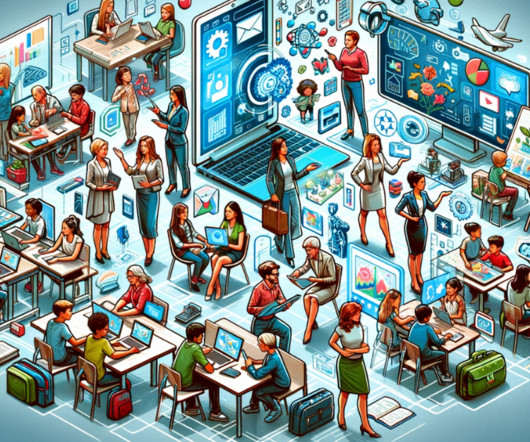Adaptive literacy? 3 must-knows for teachers and admin about adaptive learning
eSchool News
OCTOBER 12, 2017
The use of differentiated instruction to individualize each student’s learning experience is becoming more common in today’s elementary classrooms, but creating meaningful differentiation for a typical class of 25 students or more can still be a challenge. Value is Abundant. Use is Becoming More Sophisticated.


















Let's personalize your content